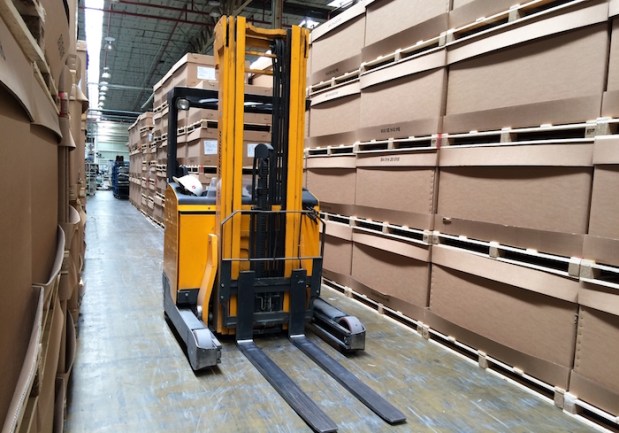Retail’s Reverse Supply Chain Problem

It took a while for the average retailer to reach a level of competency dealing with online orders. That’s not to belittle the feat of turning an entire network of in-store inventory into shoppable links on a digital marketplace; rather, it’s a testament to how difficult the task was in the first place.
Unfortunately, it looks like the growing number of online returns is forcing retailers to grapple with an equally confounding problem: the reverse supply chain. In an interview with Retail Dive, Jonathan Byrnes, senior lecturer at MIT’s Center for Transportation & Logistics, noted: “The reverse supply chain is not the outbound supply chain run backwards” but rather a complex network of transportation legs and third-party resellers that’s difficult to navigate with any degree of efficiency using normal methods that may work well for the original logistical orientation.
“Outbound is a retailer buying in big volume from merchandiser, where you can optimize it because it’s repetitive, you can forecast it and all the factors can really be tightened,” Byrnes told Retail Dive. “If you look at the reverse, it’s like a salmon swimming upstream. It uses different facilities. You do not want to co-mingle it on your shelves, and once more, everyone calls [with returns] and they want to talk to you.”
While experts might agree on the diagnosis, they’re far from reaching a consensus on anything resembling a cure. Some advocate mitigating the rate of customer returns, though others concede that it is an unavoidable fact of modern eCommerce and trumpet analytics to help with inventory forecasting instead. Whatever the method, Adam Siegel, vice president for sustainability and retail operations at the Retail Industry Leaders Association, urged brands to get their ducks in a row — and fast.
“The only way companies are going to be able to survive changing consumer behavior is they get really strong reverse supply chains and get smart at how they develop their reverse supply chains,” Siegel said. “You’re not going to succeed if you’re losing money off your reverse supply chain because, inevitably, the reverse supply chain is going to grow.”
